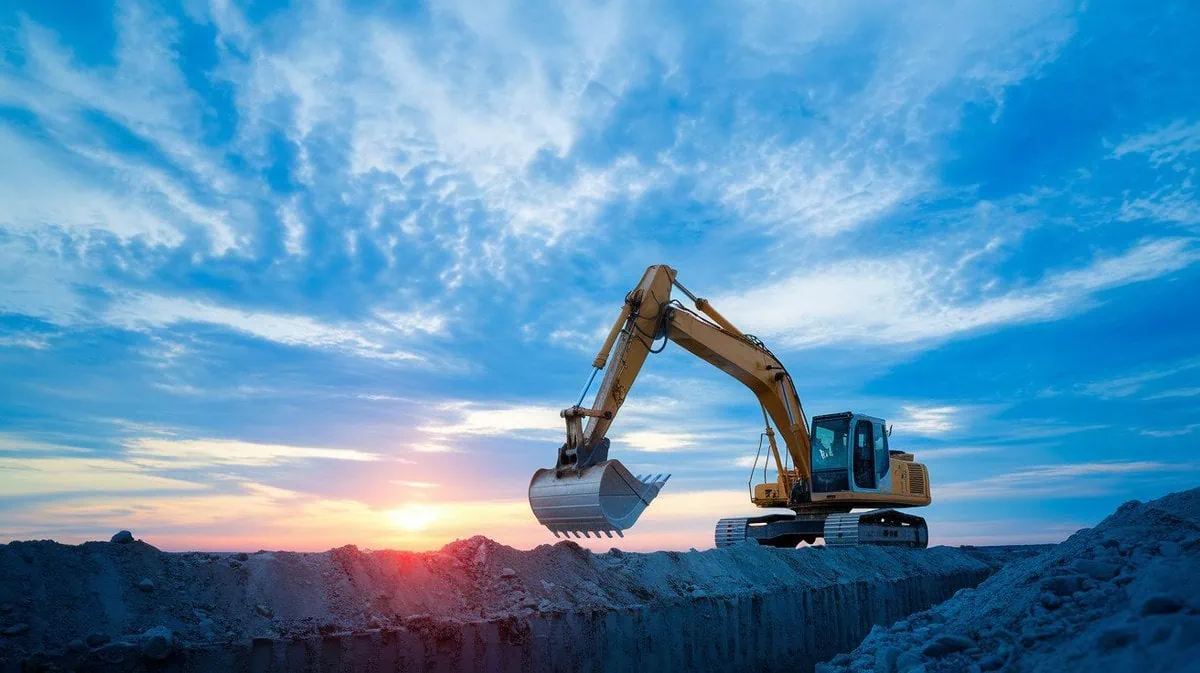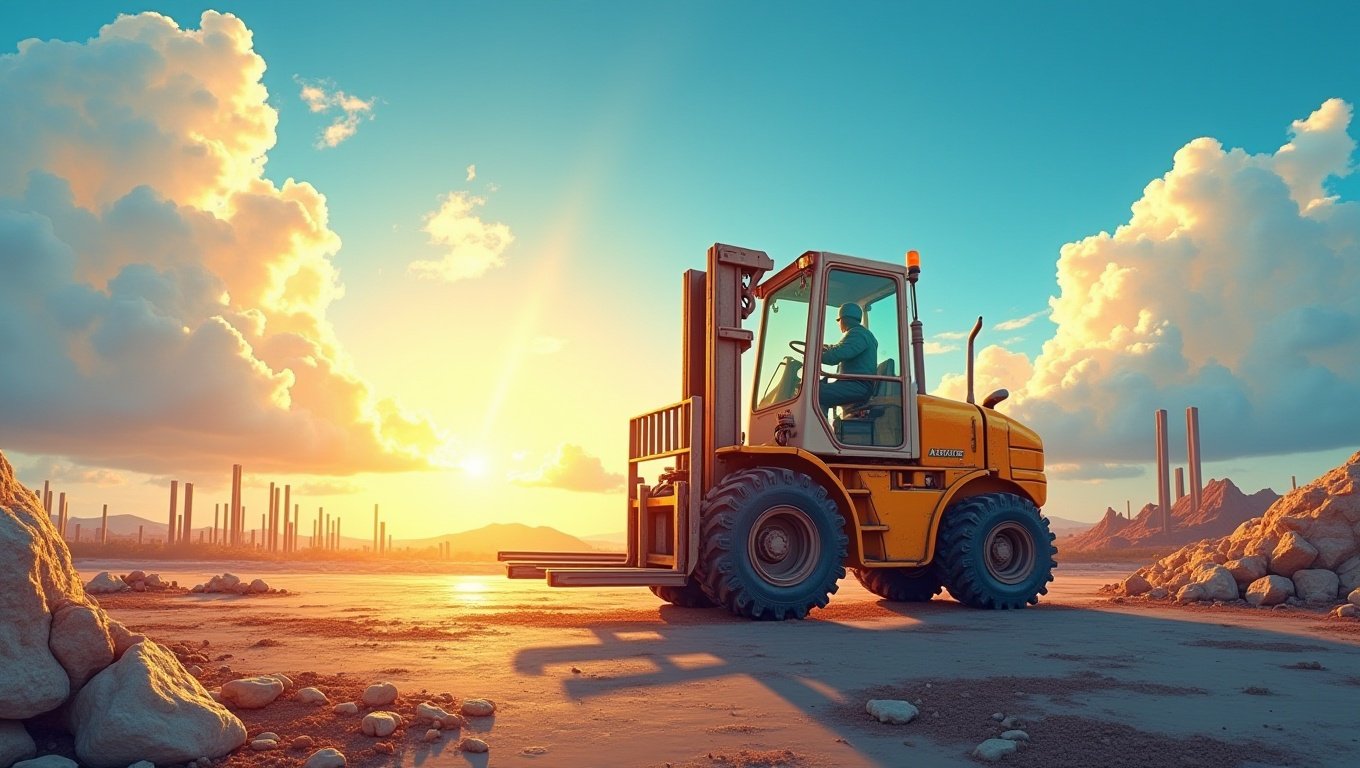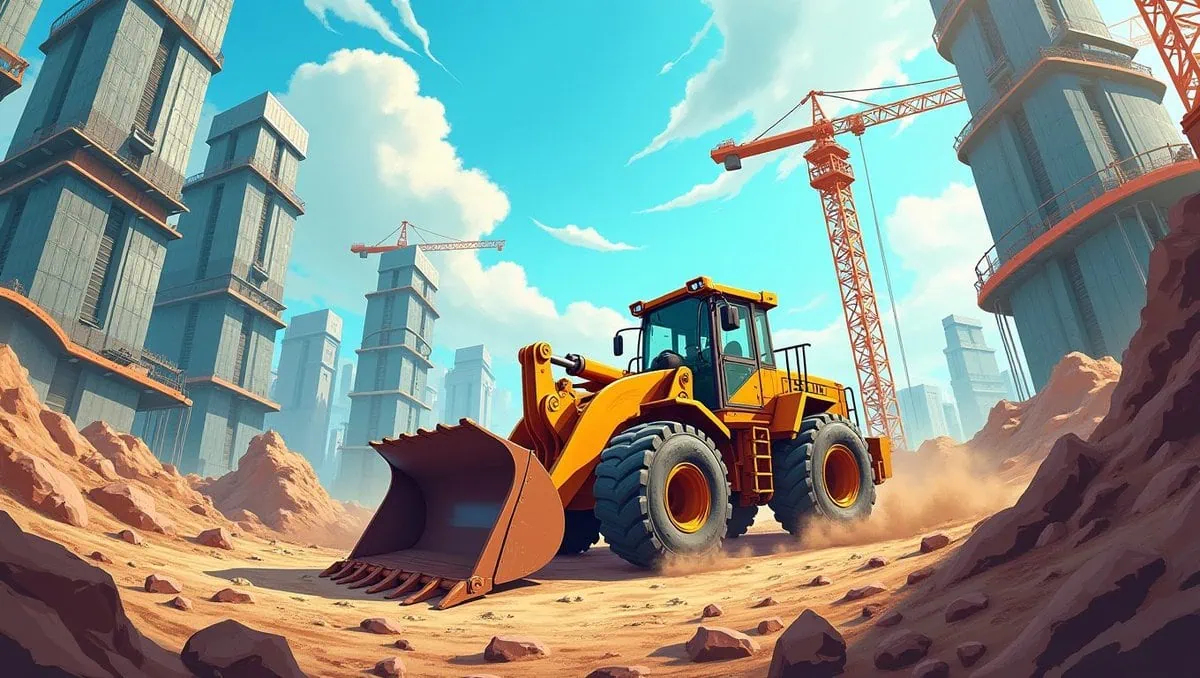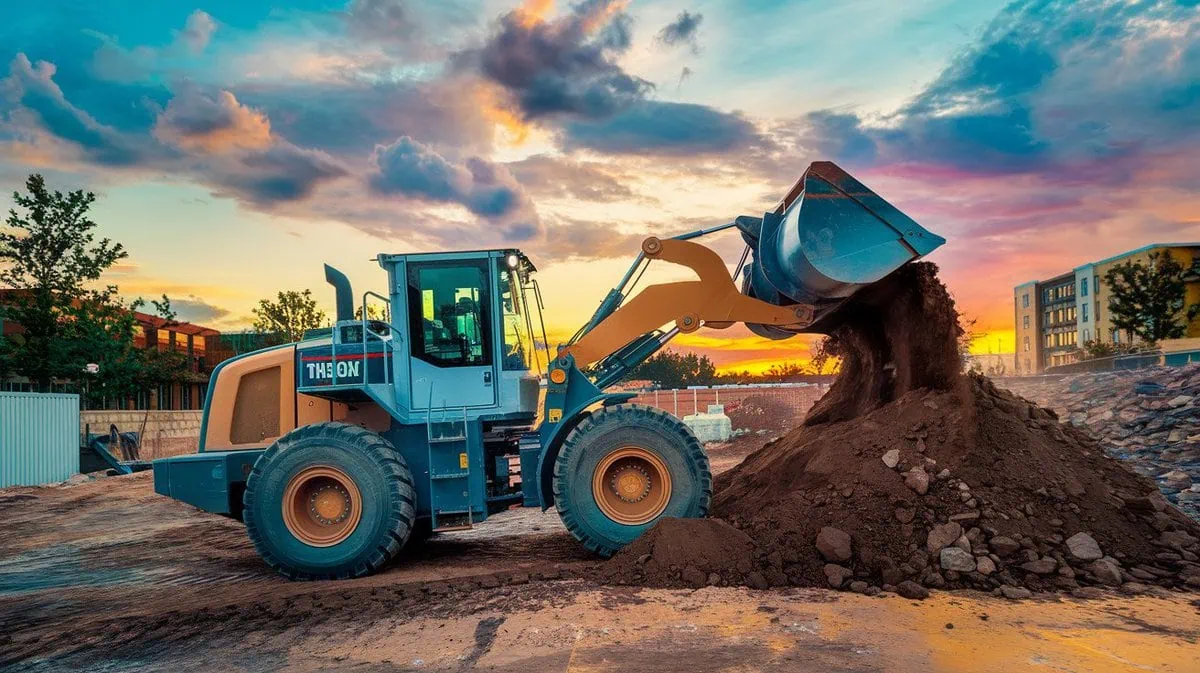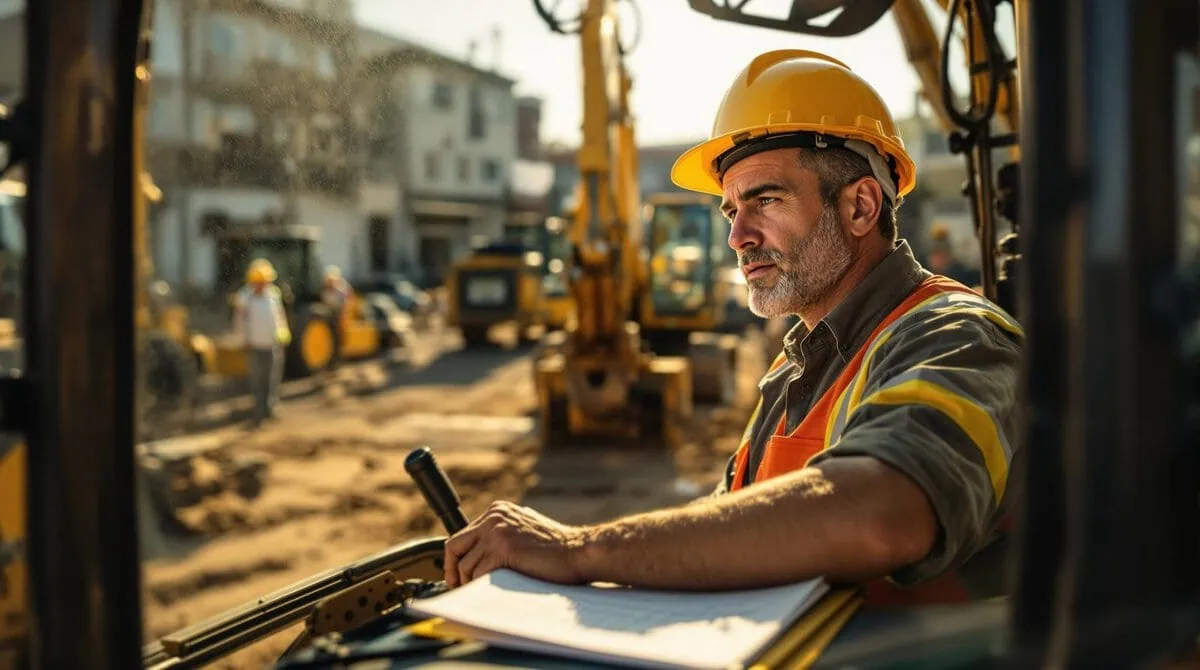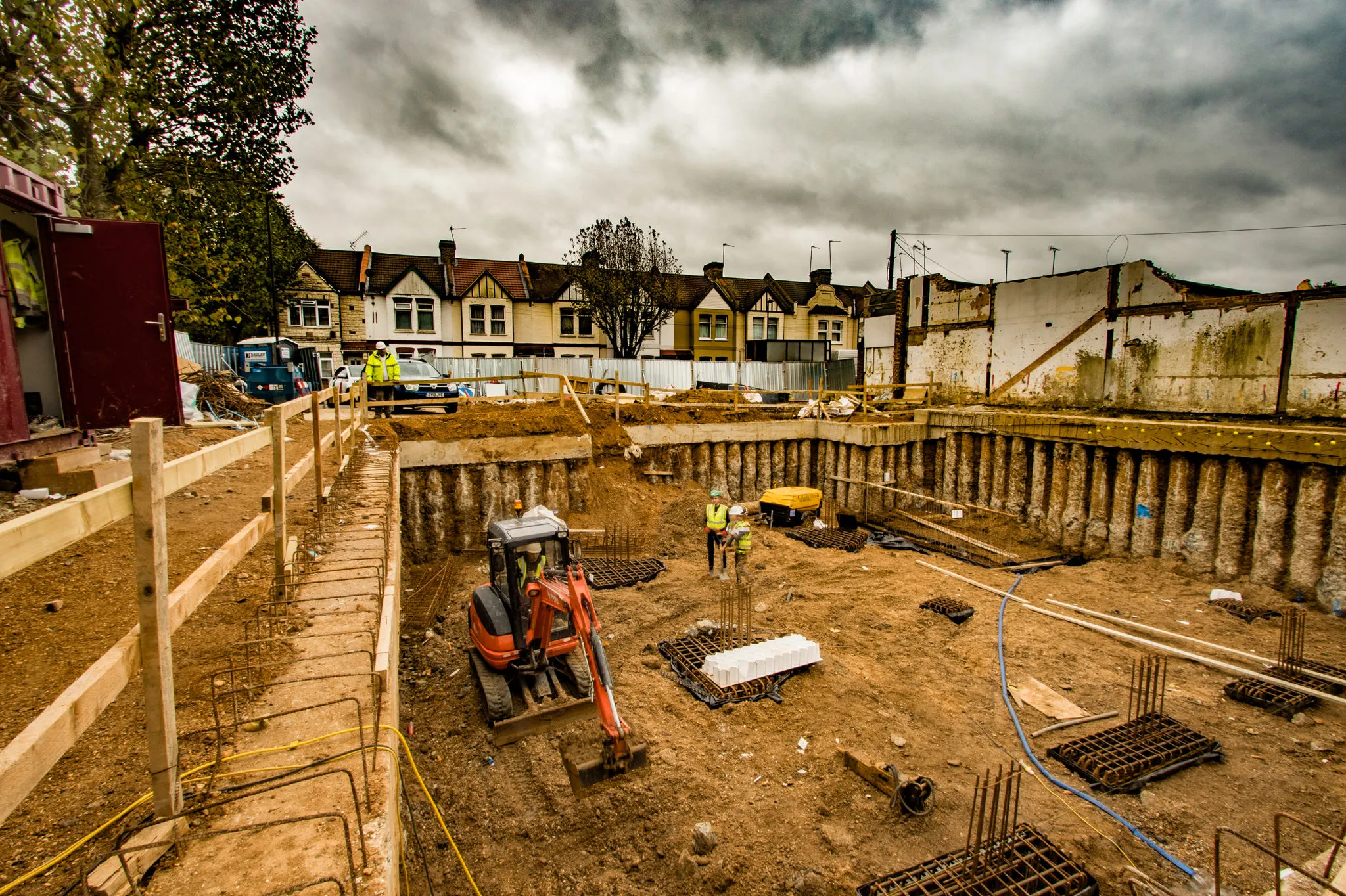Types of Bridges are vital for connecting areas that are separated by a physical barrier like a river, valley, or road. They allow people, services, and goods to get from one place to another quickly and with far less effort. Bridges are a cornerstone of the local and global economy. The types of Bridges are varied due to differences in their design, the materials used to build them, and the situations or environments in which they need to endure. Each types of bridges has its good points and bad and understanding that can help you choose the right type for the purposes you need.
Bridges are classified into five main types: beam bridges, arch bridges, suspension bridges, cable-stayed bridges, e floating bridges. These types differ in the methods they use to support their decks and the spans they are capable of crossing. Some are best for short distances, while others are ideal for longer spans. In this article, we will dive deeper into each of these bridge types, exploring their construction, costs, and ideal use cases.
Let’s look at each types of bridges individually, how they’re made, the good and bad points of each, and the best or worst places to use the bridge.
Here is a table summarizing the first five types of bridges:
| Bridge Type | Key Features | Advantages | Disadvantages | Typical Use | Example |
| Suspension Bridge | Long spans, large cables, towers | High load capacity, large span, aesthetic appeal | Expensive, complex construction | Large rivers, deep valleys, highways | Golden Gate Bridge, USA |
| Arch Bridge | Curved structure, weight distribution | Durable, low maintenance, aesthetically pleasing | Limited span, expensive for long distances | River crossings, valleys, mountain passes | Pont du Gard, France |
| Beam Bridge | Horizontal beams supported at both ends | Simple design, cost-effective, quick construction | Limited span, not suitable for heavy loads | Short spans, light traffic, city streets | Interstate Highway Bridges, USA |
| Cable-Stayed Bridge | Cables connected directly to towers | Efficient load distribution, cost-effective compared to suspension bridges | Limited span compared to suspension bridges | Medium to long spans, urban areas | Millau Viaduct, France |
| Floating Bridge | Pontoons or buoyant structures support deck | Quick construction, cost-effective | Limited use in rough waters, temporary | Calm water areas, temporary crossings | Evergreen Point Floating Bridge, USA |
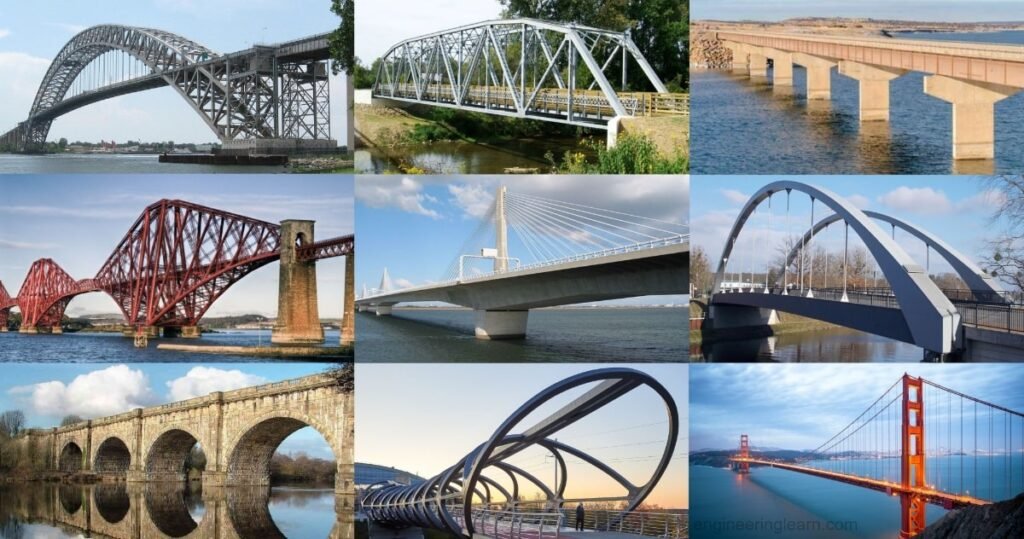
1. What is a Suspension Bridge?
Suspension bridges are some of the most recognizable types of bridges. They’re known for the ability to span great distances. They’re supported by large towers, and the deck of the bridge is suspended by cables. Because of the way they’re constructed they can sway, which makes them great for areas with earthquakes or strong winds. Suspension bridges are ideal for crossing large bodies of water, deep valleys or wide rivers where a long span is necessary. The Golden Gate Bridge in San Francisco is a perfect example of this bridge type.
The incredible power of a suspension bridge lies in the cables. These cables hold up the weight of the bridge deck and spread it out evenly to the towers. They’re very efficient at handling vast amounts of weight, especially over long distances, without making the design unstable. Unfortunately, suspension bridges are expensive to build, require advanced engineering techniques, and are far from indestructible.
| Key Feature | Descrição |
| Primary Support | Cables and towers |
| Span Length | Long (often over 2,000 feet) |
| Material | Steel, concrete |
| Cost | High |
Suspension bridges are great for spanning long distances and tough environments, but they’re expensive to construct and maintain. Because of the design’s complexity, you’ll only find suspension bridges in large projects, such as major highways and international bridges. Nevertheless, they are a top choice for their durability and capacity to handle heavier traffic loads.
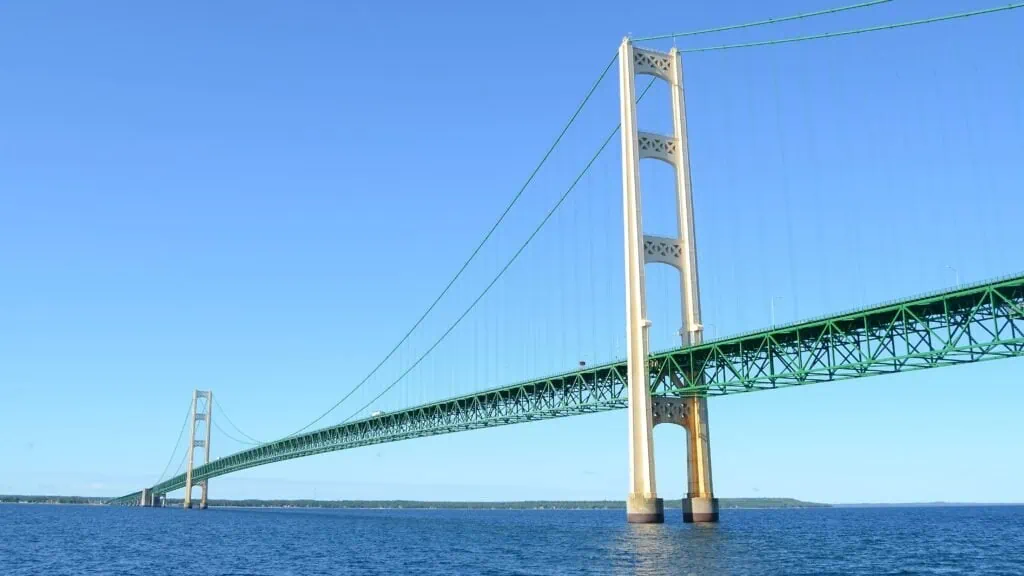
2. What is an Arch Bridge?
Arch bridges have existed for centuries because of their significant strength. They’re made with a curved design that effectively spreads the weight of the bridge deck out to the abutments at each end. These bridges are perfect when you need to cross a valley, ravine, or river because you need a strong and sturdy solution for spans ranging from relatively short to medium. The Pont du Gard in France is a great example of an ancient arch bridge still standing today.
Modern arch bridges are typically made from concrete or steel. They are incredibly strong and can handle enormous amounts of weight, but they are not quite as adaptable for spanning long distances as suspension bridges. Many times, engineers choose an arch bridge because they like how it looks or want something that will blend in with the surroundings.
| Key Feature | Descrição |
| Primary Support | Curved arches that distribute weight |
| Span Length | Medium (up to 500 feet) |
| Material | Stone, concrete, steel |
| Cost | Moderate to high |
Arch bridges are strong and long-lasting types of bridges, but they can take time and skill to plan and build, especially in areas with difficult terrain. You use an arch bridge when you need something strong, but you don’t have to span a freakishly huge distance. Additionally, because arch bridges can be so beautiful, you’ll often see them in an area where the structure of the bridge needs to serve as both a functional structure and a visual centerpiece.
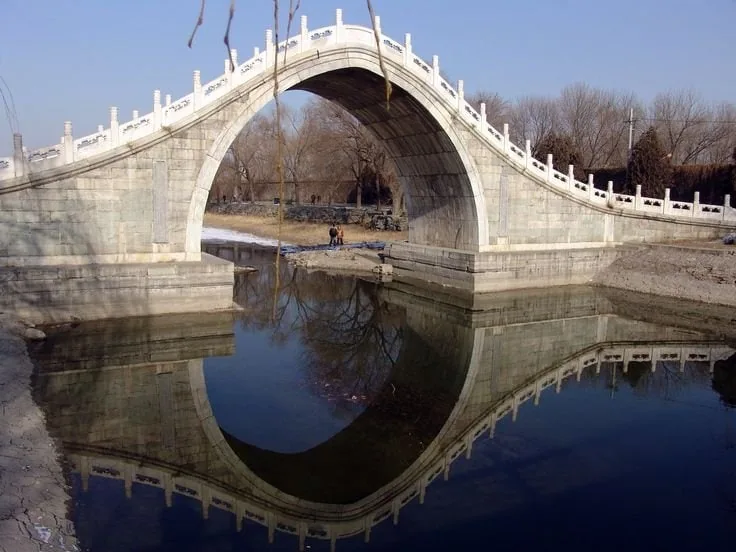
3. What is a Beam Bridge?
Beam bridges are the simplest, most common types of bridges. A horizontal beam stretches across or between regions, connecting the two areas you need to join. You prop it up on either end with a pier. What’s great about beam bridges is their simplicity. They are the easiest types of bridges to build and the least expensive to put up. As a result, you see them most often in small to medium-sized projects, such as local roads or small river crossings, or anywhere a short bridge is needed. Beam bridges can be made from wood, concrete, or steel.
Although they are simple to design and build, they are really only effective if you don’t have to span a freakishly huge distance. If you have only a short span to cross, you are set. But if you need to cross a longer span, or you need to carry a heavier load, you have to move to one of the more complicated types of bridges, like a suspension bridge or an arch bridge.
| Key Feature | Descrição |
| Primary Support | Horizontal beams |
| Span Length | Short (typically under 300 feet) |
| Material | Concrete, steel, wood |
| Cost | Low |
Just because beam bridges are not suitable for massive or complicated projects doesn’t mean people don’t use them. Between their low price tag and the easy way they go up, you keep seeing them used on a regular basis. If you need an overpass for a highway or a foot bridge across a running trail, beam bridges are a quick, reliable solution to your problem.
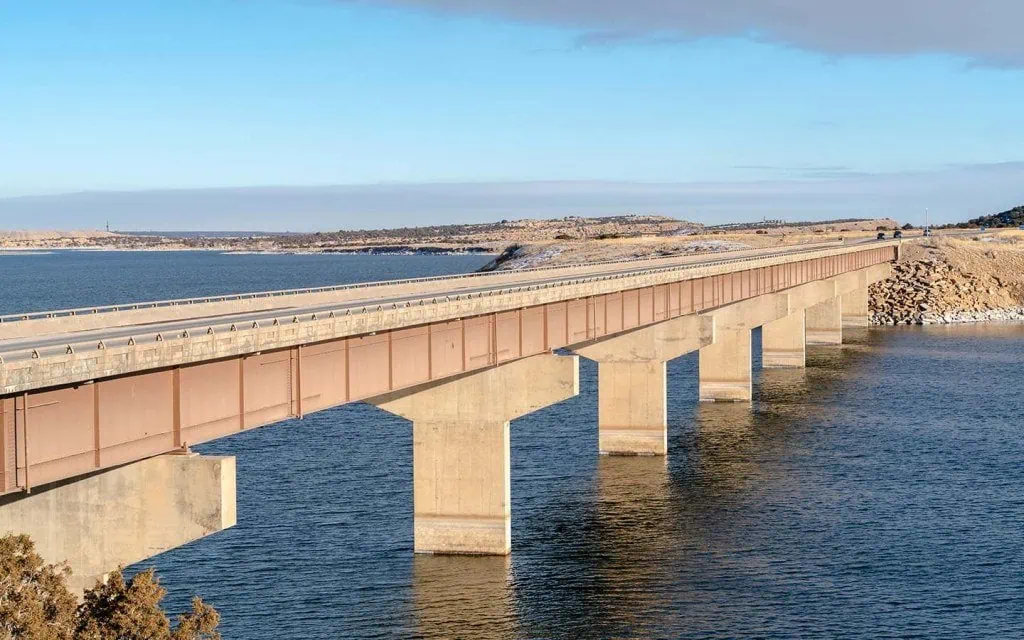
4. What is a Cable-Stayed Bridge?
The cables are much shorter and run between the deck and the tower in a fan-like pattern. In some designs, the bridge deck is directly anchored to the top of the tower so that the tower is the main compression tool of the entire bridge. While these bridges are more expensive than other types of bridges and more challenging to construct, they are a favorite for bridge engineers for medium-length spans.
The towers, while expensive to build, are a lot smaller and require a lot less in the way of foundation building than suspension bridges. This fact is especially true when you account for the fact that the bridge deck is often considered the counterweight, and there are no anchorages. Cable-stayed bridges are favorites of bridge engineers in these situations.
| Key Feature | Descrição |
| Primary Support | Cables connected to towers |
| Span Length | Medium to long (1,000 to 2,000 feet) |
| Material | Steel, concrete |
| Cost | Moderate |
O cable-stayed bridge design is often preferred for large infrastructure projects, such as bridges over rivers or large highways, because of its efficiency and cost-effectiveness. Famous examples of cable-stayed bridges include the Oresund Bridge in Denmark and the Millau Viaduct in France.
Cable-stayed bridges are frequently used for highway overpasses and bridges spanning wide rivers or other bodies of water. They take advantage of the two concepts to create a sleek, beautiful, economical bridge. Some famous cable-stayed bridges include the Millau Viaduct in France and the Oresund Bridge between Denmark and Sweden.
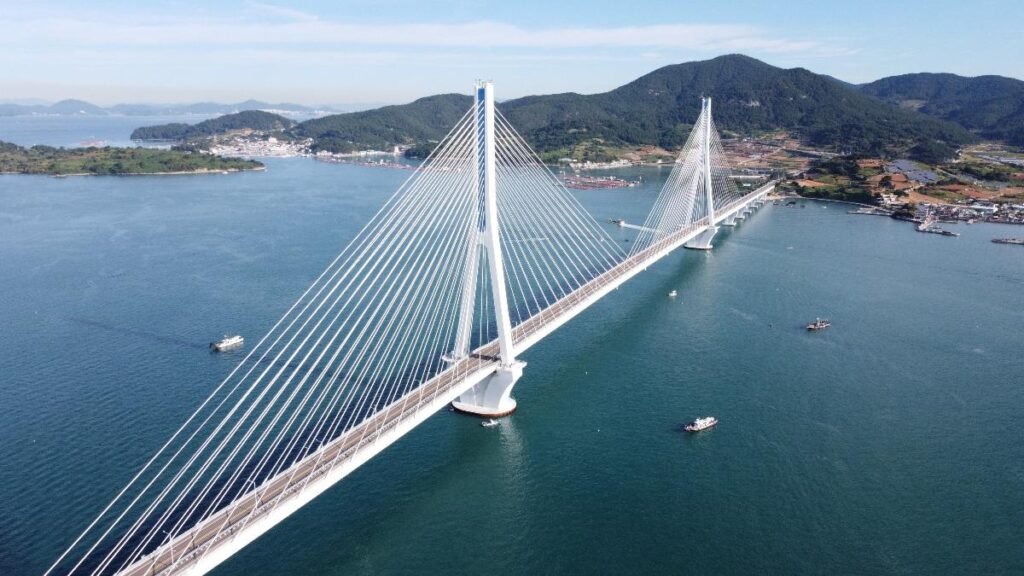
5. What is a Floating Bridge?
Just as the name implies, these are bridges built on floating platforms. They are ideal and often the only solution to crossing calm bodies of water. They are found in parts of the world where traditional bridges are expensive or difficult to build. They are usually temporary or used in military or emergency situations. However, there have been cases of large permanent floating bridges that are part of a highway system.
Lake Washington is home to the longest floating bridge in the world. The Lake Washington Floating Bridge (commonly known as the Lacey V. Murrow Memorial Bridge) measures 7,578 feet in length(2,310 meters). It also holds the distinction for being the deadliest floating bridge in American history with four fatalities to date.
| Key Feature | Descrição |
| Primary Support | Pontoons or buoyant platforms |
| Span Length | Short to medium |
| Material | Concrete, steel, wood |
| Cost | Low to moderate |
Floating bridges are a simple, cost-effective solution types of bridges for areas where land-based supplies and dirt are hard to come by and where people are not going to complain. However, storms, currents, and rough water can make floating bridges impractical. Even with the pontoons below, the G.I. can build the bridge and walk across it. Plus, he can fold the bridge up, and the tanks and jeeps can drive off the pontoons.
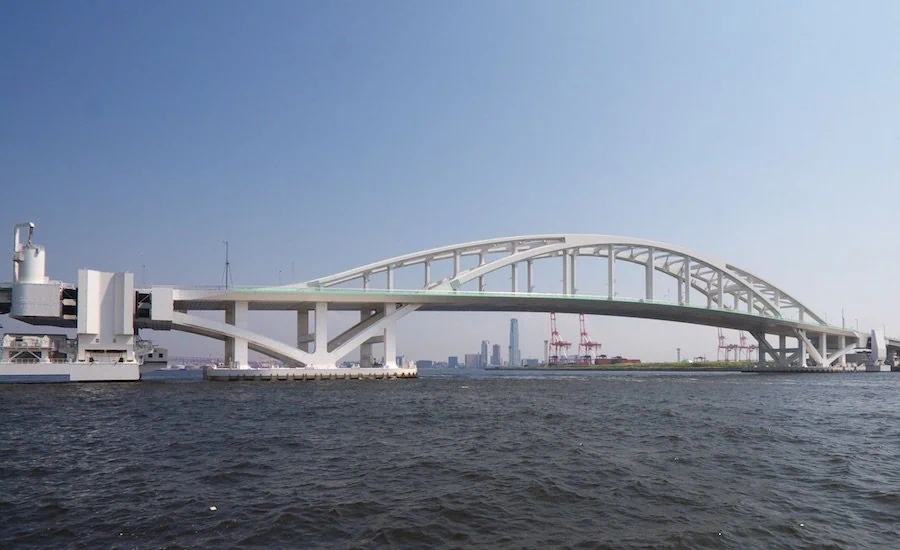
6. What Types of Bridges is Strongest?
O Golden Gate Bridge in San Francisco, California, is a suspension bridge famous for its iconic red color. Travelers and tourists come from all over the world to see it. Other examples of suspension bridges are the Brooklyn Bridge in New York City and the Tacoma Narrows Bridge in Tacoma, Washington (which famously twisted itself apart in the wind).
Suspension bridges are not the only kind of bridge that is incredibly strong. However, if you need to support an immense amount of weight or cross a vast expanse, there is no better design. The Deh Cho Bridge in Fort Simpson, Northwest Territories is an excellent example of a modern suspension bridge.
| Bridge Type | Strength |
| Suspension Bridge | High, handles large loads and long spans |
| Arch Bridge | High, excellent weight distribution |
| Cable-Stayed Bridge | Moderate to high |
| Beam Bridge | Low to moderate |
Suspension bridges are not the best types of bridges for every situation because they can cost more to build. It’s like going to buy a car. If you go to buy a vehicle every time you need to take a trip, it is going to be expensive. The beam bridge is going to be the lowest cost to build over a short distance. Arch bridges and suspension bridges are going to cost more, but sometimes you need those bridges because a beam bridge can’t handle it.
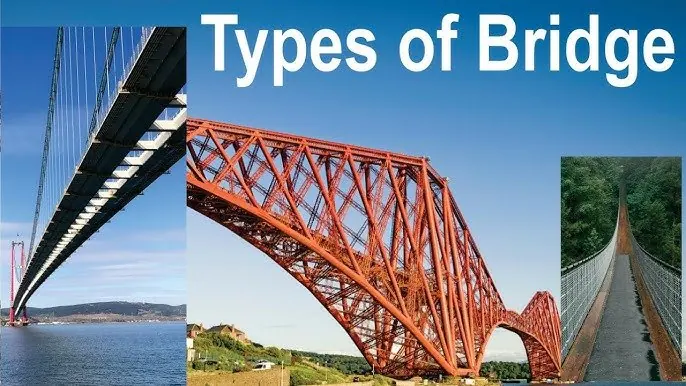
7. What is the Weakest Types of Bridges?
Springboard bridges are the best substitute types of bridges if the migration path is not extreme. If the migration path is significant for people to escape a city or the pandemic, then modular steel panel bridges are the best way to go. They are strong and can be placed quickly by small crews with small pieces of support machinery. Steal parts stack easily onto trailers and can be driven just about anywhere. If you need to ship a bridge to another country to assist with a disaster or a war, you can load it onto a trailer and haul it over the highway to get where you need it. Plain Old Data Users may have many chat messages.
Here are summary notes from the chat:
| Bridge Type | Weakness |
| Beam Bridge | Limited span, not ideal for heavy loads |
| Floating Bridge | Vulnerable to rough water conditions |
| Suspension Bridge | Expensive, complex construction |
Should greater spans or heavier loads be necessary, more advanced bridges such as suspension, arch, or cable-stayed bridges will be required. Floating bridges have weaker structural integrity due in part to the movement of the water, which can make the bridge unstable.
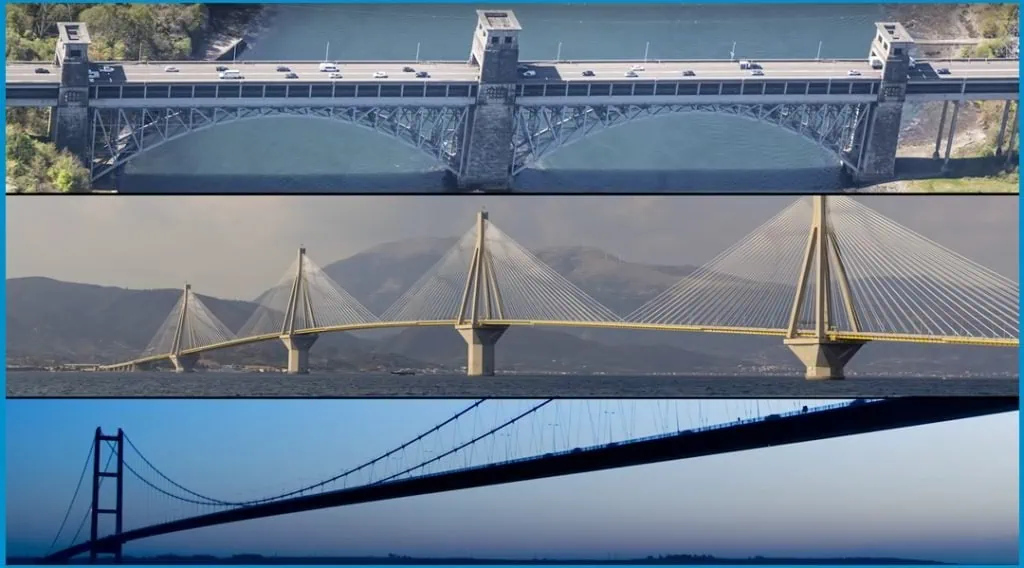
8. What is the Cheapest and Easiest Types of Bridges to Build?
While the beam bridge is by far the least expensive bridge (most especially for short distances). The beam bridge design is not complicated, the materials, for the most part, are available, and that makes it the least costly to build in most situations. Very often, a beam bridge can be built quickly and with only a minimum of labor. That makes this types of bridges an ideal solution when a fast answer is needed.
| Bridge Type | Cost | Ease of Construction |
| Beam Bridge | Low | Simple, quick to build |
| Floating Bridge | Moderate | Easy in calm water areas |
| Arch Bridge | High | Complex, requires skilled labor |
The floating bridge could be considered cost-effective, especially for temporary solutions. But for a types of bridges that will eventually become a permanent structure, a beam bridge is still going to be your least expensive and simplest bridge to build. That’s true in both the city and the country.
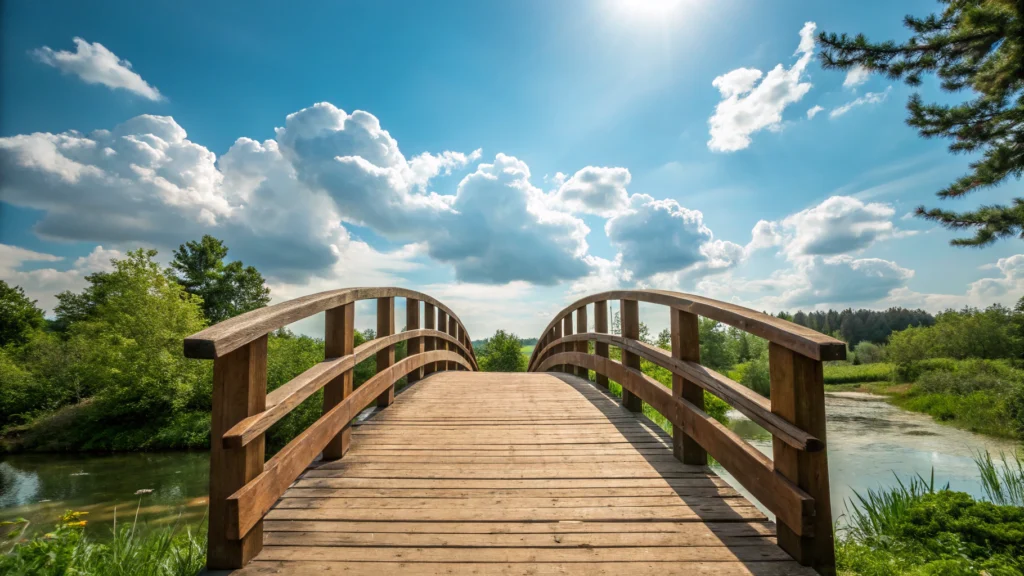
Summary: What factors influence the choice of types of bridges?
Types of Bridges are used so frequently and for so many reasons in the 21st century that one is made for a specific need somewhere around the earth exactly as the situation dictates. But, for the most part, it still depends on geography and money when choosing the types of bridges.
When deciding what types of bridges to build you have to consider: where it is going, what it is going to be used for, how much money you have to spend, and what environmental factors need to be dealt with.
The main factor in deciding what bridge to use is the location – is it going over a river, valley, noise, or food? The next question is what load needs to go across it. Is it traffic (people, cars, or trains)? How many lanes of what and which type of traffic are going over the bridge determine the best bridge for the job. A suspension bridge is great for long distances, while a beam bridge is better for short distances. Lastly, consider the environmental impact and upkeep for the specific bridge being considered.
They all also have different costs to build them or to maintain them. For example, to build an arch bridge costs more because of the intricate design, but they last a long time. Truss bridges are older than Jesus and still work fine. They are sometimes the most cost-effective even with two cost girders under the bridge. Suspension bridges, like the big suspension bridge not far from my career school, last a long time because of their design but cost a fortune to maintain. In places that have earthquakes or high winds, you might build a cable-stayed bridge.
The other things to consider are environmental factors. Where is the bridge developed? Will it take storm force winds, hurricane-like winds, or are there earthquakes? You must also consider soil quality, dirt conditions, and the type of terrain at the time you build the bridge. You have to do your homework. The only way to overcome natural forces during the life of the types of bridges is to know which bridge to build.
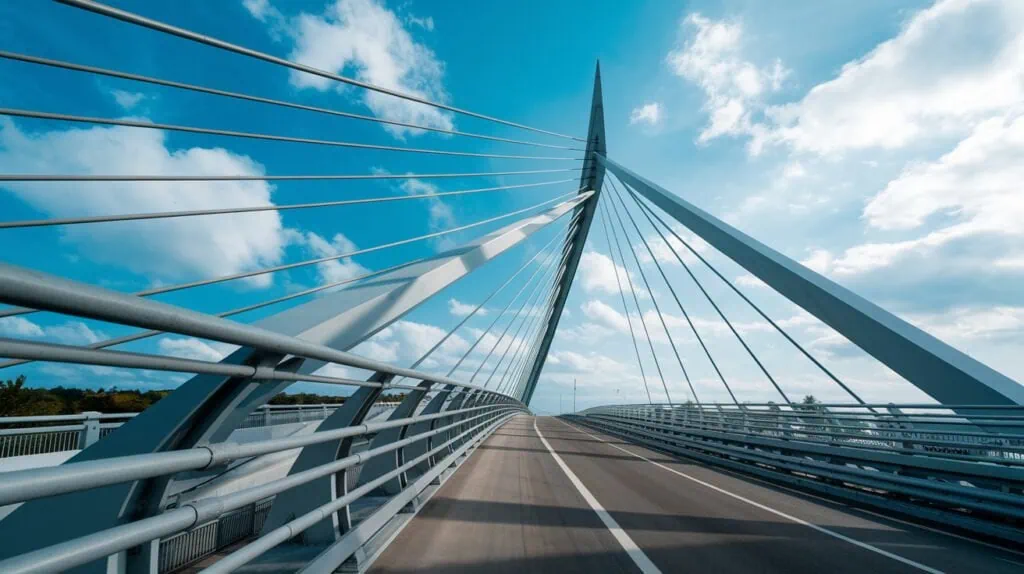
| Factor | Descrição |
| Localização | Geography of the site, including rivers, valleys, or urban areas |
| Load Capacity | The weight the bridge needs to support, including vehicles, pedestrians, etc. |
| Budget Constraints | Financial limitations for construction and ongoing maintenance |
| Environmental Impact | Consideration of natural factors like weather, wildlife, and land use |
| Soil and Terrain | Soil strength and the nature of the landscape (mountains, plains, etc.) |
| Safety and Durability | Engineering for long-term use and resilience to environmental stresses |
Also, if you want to know more information about: suspension bridge bridges,beam bridge, girder bridge,tied arch bridge,components of bridges,strongest bridge designs,moveable bridge,types of arch bridges,types of bridges,different types of bridges,types of bridges dental, please contato conosco.

